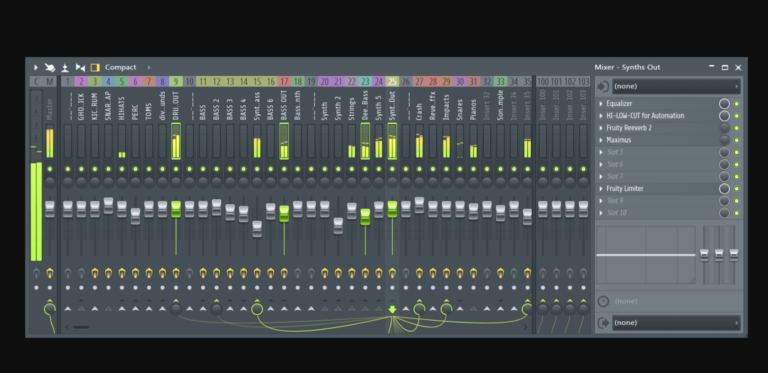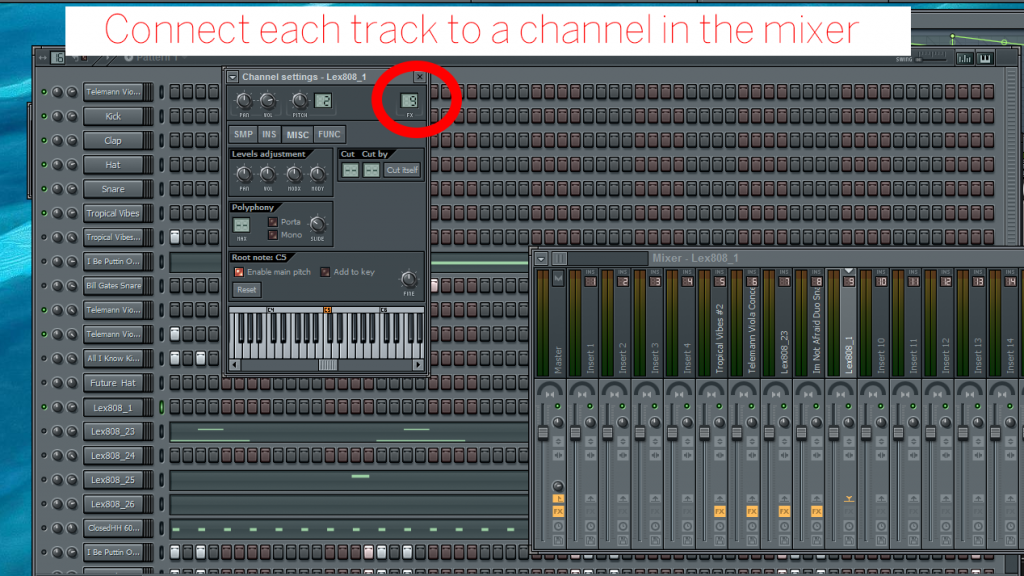
But that's not the use case in this thread. I agree that you don't want to be splashing the same reverb or delay across many different tracks - using a send for this is much more effective and efficient. Izotope Alloy 2, for example, has a number of different, lightweight tools for mixing. IMO.Ī channel strip that you like to use on a number of different tracks. I concentrate on one sound, try to get it finished to a certain point and move on. Having 10 times the same device with the same settings is waste of CPU and waste of control to adjust them. If i want the same patch and fx on several tracks, i would find a different way, like combining, parallel, bus, send or whatever i need. I just dont have a need to put a initialized device atonce on several tracks. In the end, i need to copy the patches, the device if there is no patch, or adjust everyone on its own and also need to concentrate on exactly that chanel and that device.

I just dont have the use case to put the initialized same device on several tracks atonce. Multitrack tape saturation vs 2 track tape saturation is another. That’s a different use case, with a different result for different situations.Ī bus or send FX would be would be POST channel, and would be applied to the bus/send “sum”.įor example, non-linear processing such as compression or saturation sounds very different when it’s applied to a bus as opposed to when it’s applied to every channel individually - consider the difference between the channel compressor vs the master compressor as one well known example. Sent from some crappy device using Tapatalk Once you learn it you quickly use it intuitively for any command you need to apply to more than one channel, such as record arming or automating, muting, soloing (or unspoloing), resetting controls to their defaults, copy/paste settings etc, assigning inputs outputs (you can also add them incrementally for a selection or for all), and so much more. I’ve asked for Reason to add this simple yet flexible and useful feature for YEARS now because it addresses so many workflows without adding ANY additional buttons or menu items. If you add “shift” it applies the command to the current selection, so you could for example add the same plugin or “record arm” all your drum tracks in a single command.

It also puts faders and pots back to their default position.

Or when applying a new insert or muting an insert. Pro Tools has had this for years as a generic way to do things to single tracks, a selection of tracks, or all tracks by adding a key command - VERY handy.Īlt (Mac) Option (PC) - Applies the command to every track in items such as inputs and outputs.


 0 kommentar(er)
0 kommentar(er)
